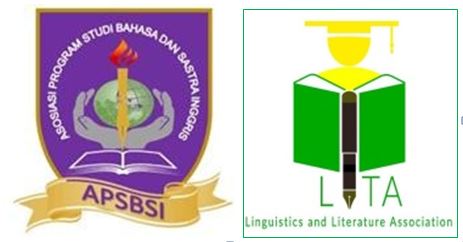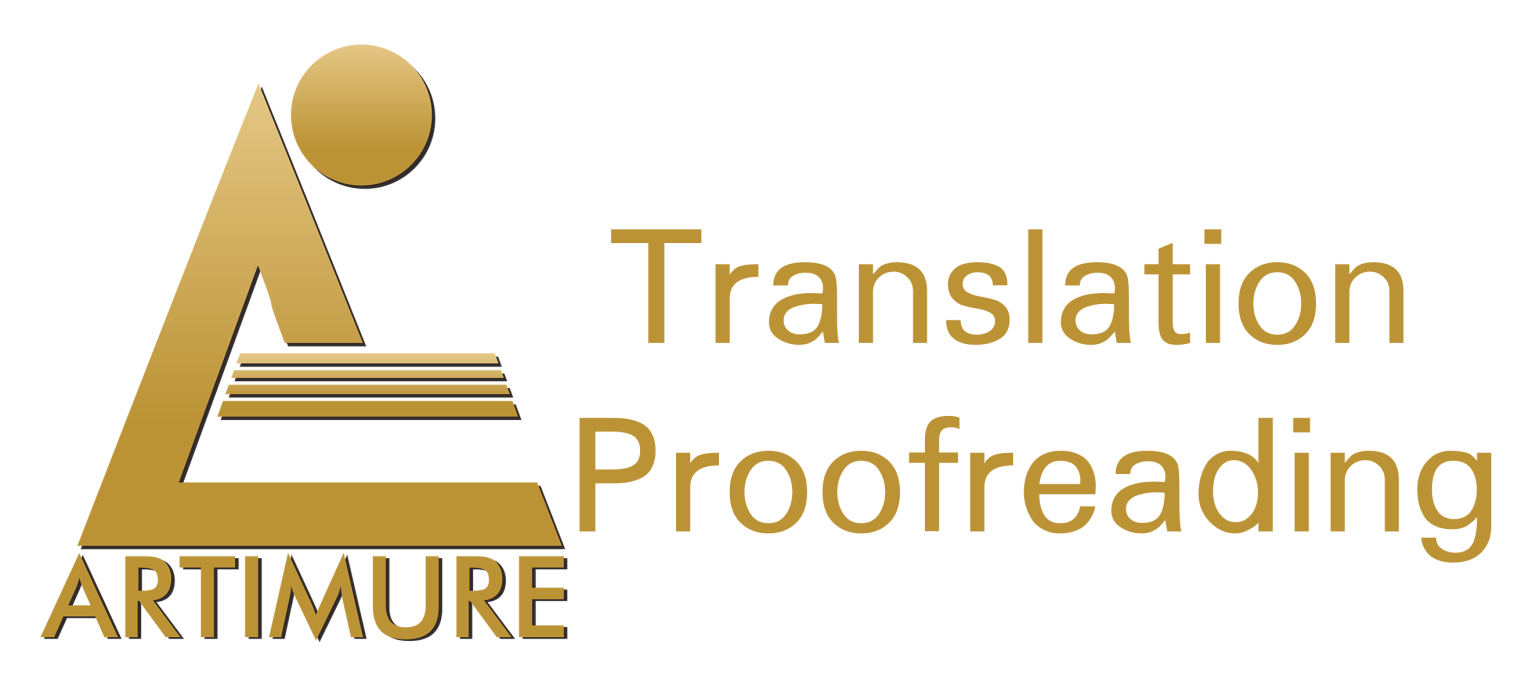Implementing Blended Learning in Bangladeshi Universities: Challenges and Opportunities from Student Perspectives
DOI:
https://doi.org/10.31849/utamax.v4i2.8182Keywords:
Teacher and peer feedback, Face-to-face education, Blended learning, Online education, Opportunities, ChallengesAbstract
Blended education has been used worldwide for the last two decades as an alternative to full online education but not in Bangladesh. There was never any significant attempt to investigate people’s perception or experience of blended learning in Bangladesh. Therefore, this study tries to investigate the people’s experiences with this new method, a three-month-long blended course in English Writing Skill was offered at a private university in Bangladesh, where eighteen students registered for the course. After completing the course, an open-ended interview protocol was used to collect primary data from 11 students. This qualitative research is based on an interview with 11 samples and other comments posted on Google classroom and Facebook. The interview contained 8 open-ended questions to elicit their experiences with the blended learning method, a new method for them on the one hand, and both face-to-face and online education. We also investigated the 4 essay scores of these 11 respondents to check whether their performance improved due to peer and teacher feedback on those essays in the blog created and used for posting student essays. The majority of respondents have a highly positive opinion about the blended method for its positive impacts such as peer interaction and peer support, teacher feedback, as is evident from their improved scores in the successive essays, and other advantages such as learning varieties, flexibility and self-paced learning and quality of education. However, they mention a number of challenges in its implementation. It seems that blended courses will effectively reduce session backlog and cost of higher education, increase student-student and student-teacher interaction and ensure flexibility and quality of higher education in comparison with face-to-face and online education. This study is important for Bangladeshi higher education institutions because it is expected to enlighten policymakers about the importance of blended education.
References
Ahmed, M. (2020). Tertiary education during Covid-19 and beyond. The Daily Star, 12-18. https://www.thedailystar.net/opinion/news/tertiary-education-during-covid-19-and-beyond-1897321
Antwi-Boampong, A. (2021). Blended learning adoption in higher education: presenting the lived experiences of students in a public university from a developing country. Turkish Online Journal of Educational Technology-TOJET, 20(2), 14-22.
Arviso, C. C. (2019). Comparison of Adaptive Online Education with Adaptive Traditional Face-to-Face Education at Navajo Technical University: A Quantitative Study [Doctoral dissertation, Northcentral University]. Northcentral University ProQuest Dissertations Publishing,
Barker, J. (2015). Benefits of hybrid classes in community colleges. City University of New York (CUNY) WorksCUNY Academic Works, https://doi.org/10.19030/cier.v8i3.9343
Bunnell, T. (2017). Revolutionizing K-12 Blended Learning Through the isquareFlex Classroom Model. The International Schools Journal, 36(2), 87-97.
Chakraborty, S. (2010). Traffic congestion in Dhaka city: Its impact on business and some remedial measures. 1-24, https://www.fbs-du.com/news_event/14982491474.%20Sonjoy%20Chakraborty.pdf
Chin, P. H. I. (2015). The effect of Asian students' culture on perceptions of blended learning instructional design [Doctoral dissertation, University of the Incarnate Word]. Incarnate Word ProQuest Dissertations Publishing, https://www.proquest.com/openview/e3337c1dd02f55b90a094d3dd07d0cc3/1?pq-origsite=gscholar&cbl=18750
Chowdhury, F. (2019). Blended learning: how to flip the classroom at HEIs in Bangladesh?. Journal of Research in Innovative Teaching & Learning, 13(2), 228-242. https://doi.org/10.1108/JRIT-12-2018-0030
Creswell, J. W., & Poth, C. N. (2016). Qualitative inquiry and research design: Choosing among five approaches. Sage publications.
Deschacht, N., & Goeman, K. (2015). The effect of blended learning on course persistence and performance of adult learners: A difference-in-differences analysis. Computers & Education, 87, 83-89. https://doi.org/10.1016/j.compedu.2015.03.020
Dumont, G., & Raggo, P. (2018). Faculty perspectives about distance teaching in the virtual classroom. Journal of Nonprofit Education and Leadership, 8(1). https://doi.org/10.18666/jnel-2018-v8-i1-8372
Erichsen, E. A., DeLorme, L., Connelley, R., Okurut-Ibore, C., McNamara, L., & Aljohani, O. (2013). Sociotechnical systems approach: An internal assessment of a blended doctoral program. The Journal of Continuing Higher Education, 61(1), 23-34. https://doi.org/10.1080/07377363.2013.758553
Fogal, G. G., Graham III, F. H., & Lavigne, A. G. (2014). Blended learning: An evolving praxis. TESOL Journal, 5(2), 353-373. https://doi.org/10.1002/tesj.139
Garrison, D. R. (2016). E-learning in the 21st century: A community of inquiry framework for research and practice. Routledge.
Hani, M. (2018). Blended learning in tertiary level of Bangladesh: Private universities in focus [Doctoral dissertation], East West University.
Herloa, D. (2015). Improving efficiency of learning in education master programs, by blended learning. Procedia-Social and Behavioral Sciences, 191, 1304-1309. https://doi.org/10.1016/j.sbspro.2015.04.326
Jasim, M. M., & Sajid, E. (2020). Costly data, poor connection key challenges for online classes in public universities. The Business Standard. https://www.tbsnews.net/bangladesh/education/costly-data-poor-connection-key-challenges-online-classes-public-universities
Jony, A. I., Rahman, M. S., & Islam, Y. M. (2017). ICT in higher education: Wiki-based reflection to promote deeper thinking levels. International Journal of Modern Education and Computer Science, 9(4), 43-49. https://doi.org/10.5815/ijmecs.2017.04.05
Khalid, M. S., Sujan, K. M., & Haque, I. (2011). An empirical study on the effect of different technology environments on students’ assessment. In Proceedings of the 3rd International Conference on Machine Learning and Computing (pp. 157-162). Electrical Engineering/Electronics, Computer, Communications and Information Technology Association.
Kintu, M. J., Zhu, C., & Kagambe, E. (2017). Blended learning effectiveness: the relationship between student characteristics, design features and outcomes. International Journal of Educational Technology in Higher Education, 14(1), 1-20. https://doi.org/10.1186/s41239-017-0043-4
Kurucay, M., & Inan, F. A. (2017). Examining the effects of learner-learner interactions on satisfaction and learning in an online undergraduate course. Computers & Education, 115, 20-37. https://doi.org/10.1016/j.compedu.2017.06.010
Lau, J. (2020). Will online education widen Asia’s digital divide?. The World University Rankings. https://www.timeshighereducation.com/news/will-online-education-widen-asias-digital-divide
Kintu, M. J., Zhu, C., & Kagambe, E. (2017). Blended learning effectiveness: the relationship between student characteristics, design features and outcomes. International Journal of Educational Technology in Higher Education, 14(1), 1-20. https://doi.org/10.1186/ s41239-017-0043-4.
Lapa Margolis, A. R., Porter, A. L., & Pitterle, M. E. (2017). Best practices for use of lended learning. American Journal of Pharmaceutical Education, 81(3), 49. https://doi: 10.5688/ajpe81349
Martin, A. (2020). How to optimize online learning in the age of Corona virus (COVID-19): A 5-point guide for educators.
https://newsroom.unsw.edu.au/news/social-affairs/how-optimise-online-learning-age-coronavirus
Mohiuddin, A. (2020, April 23). Session jam looms large. The Daily Star, https://www.thedailystar.net/frontpage/news/public-universities-session-jams-loom-large-1895887.
Mustary, M. (2019). Ways to improve the quality of blended education. Asia Pacific Journal of Contemporary Education and Communication Technology,5(2). 257-262.
Nasser, D.( 2020). Blended learning instruction and classroom engagement in community college: a qualitative research study [Doctoral dissertation], Capella University
Noor, M.A. (2020, May 06). An analysis of Bangabandhu Digital University on online education amid corona crisis. The Daily Sun.
Rizvi, N. F., Gulzar, S., Nicholas, W., & Nkoroi, B. (2017). Barriers in adopting blended learning in a private university of Pakistan and East Africa: Faculty members’ perspective. Health, 3(5), 1–7. https://doi: 10.21037/mhealth.2017.04.04
Robles, A. C. M. O. (2012). Blended learning for lifelong learning: An innovation for college education students. International Journal of Modern Education and Computer Science, 4(6), 1–8. https://doi.org/10.5815/ijmecs.2012.06.01
Ryan, S., Kaufman, J., Greenhouse, J., Joel; She, R. & Shi, J., 2016). The effectiveness of blended online learning courses at the community college level. Community College Journal of Research and Practice, 40(4), 285-298. https://doi: 10.1080/10668926.2015.1044584
Sarwar, A., Ketavan, C., & Butt, N. S. (2015). Impact of elearning perception and elearning advantages on elearning for stress management (mediating role of elearning for corporate training). Pakistan Journal of Statistics and Operation Research, 11(2), 241-258. https://doi.org/10.18187/pjsor.v11i2.1088
Schindel, T. J., Hughes, C. A., &Sadowski, C. A. (2013). Blended learning: Reflections on teaching experiences across the pharmacy education continuum. Pharmacy,1(2),137 – 152. https://doi.org/10.3390/pharmacy1020137
Shand, K., & Glassett F. S. (2017). Using blended teaching to teach blended learning: Lessons learned from pre-service teachers in an instructional methods course. Journal of Online Learning Research, 3(1), 5–30.
Shenton, A. K. (2004). Strategies for ensuring trustworthiness in qualitative research projects. Education for Information, 22, 63–75. https://doi: 10.3233/EFI-2004-22201
Sorbie, J. (2015). Exploring teacher perceptions of blended learning [Doctoral dissertation], Walden University.
Suprabha, K., &Subramonian, G.(2015). Blended learning approach for enhancing students' learning experiences in a knowledge society. Journal of Educational Technology, 11(4), 1-7.
Tarvyd, K.E.(2019).Learning in the 21st century: a phenomenological study of a blended learning program. [Dctoral dissertation, Pepperdine University] ProQuest Dissertations & Theses Global. https://www.proquest.com/openview/e91232653bac38d1a7f739bc7ecf5bc0/1?pq-origsite=gscholar&cbl=18750&diss=y
Thai, N. T. T., De Wever, B., & Valcke, M. (2017). The impact of a flipped classroom design on learning performance in higher education: Looking for the best “blend” of lectures and guiding questions with feedback. Computers & Education, 107, 113-126. https://doi: 10.1016/j.compedu.2017.01.003
Van L. S., & Elen, J. (2017). In search of attributes that support self-regulation in blended learning environments. Education and Information Technologies, 22(4), 1395–1454. https://doi.org/10.1007/s10639-016-9505-x
Vaughan, P. N., Reali, A., Stenbom, S., Vuuren, M. J., & Macdonald, D. (2017). Blended learning from design to evaluation: International case studies of evidence-based practice. Online Learning, 21(3) 104-115.https:// doi:10.24059/olj.v21i3.1252.
Wornyo A. A., Klu K E., & Hlaviso, M. (2018). Authentic learning: Enhancing learners’ academic literacy skills. International Journal of Applied Linguistics and English Literature, 7(4), 56–62. https://doi.org/10.7575/aiac.ijalel.v.7n.4p.56.
Yıldırım, A., & Şimşek, H. (2013). Sosyalbilimlerdenitelaraştırmayöntemleri. Seçkin Yayıncılık.
Yin, R. K. (2018). Case study research and applications. Sage.










